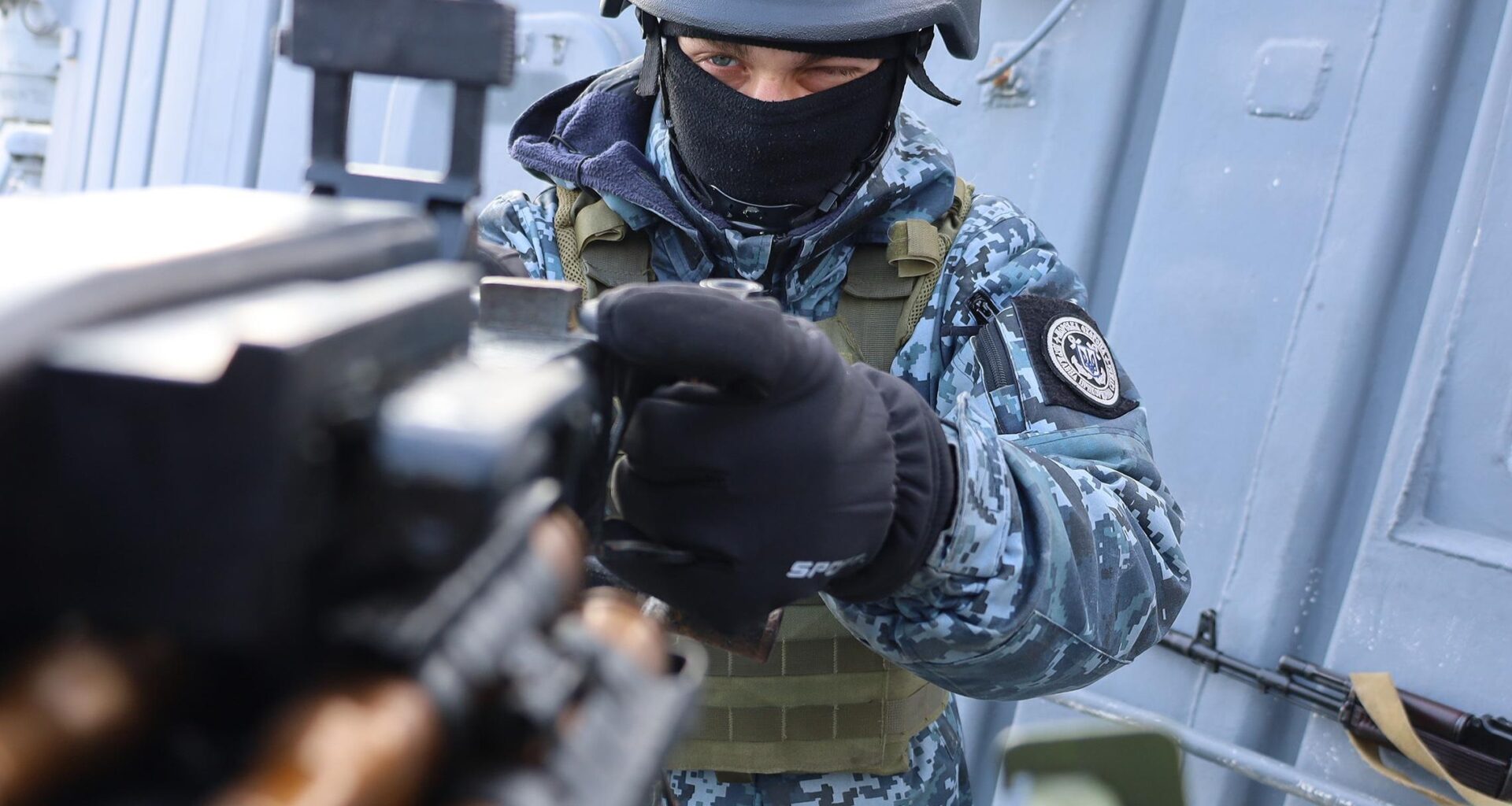A crisis is drawing ever closer. It will break in Ukraine, but it won’t begin on the frontlines, where the country’s battle-weary brigades continue to impose a brutal cost on the Russian invader. The coming crisis is brewing in the West, where the US pullback and European hesitation now threaten a financial disaster.
The International Monetary Fund (IMF) has just completed its latest review mission to Kyiv, the ninth under its Extended Financing Facility (EFF). IMF messaging suggests that its prior conclusions that Ukraine’s gross budget and balance of payments financing needs over the four-year duration of the program were just $150bn were way too optimistic.
The financing currently available is inadequate to meet Ukraine’s impending needs. A swift change of course is needed if a financial cataclysm is to be averted.
Since the IMF program was launched in March 2023, more than $150bn in Western budget and balance of payments support has been committed or promised to Ukraine for the period ending in 2027.
Underpinning the Fund’s macro and financing framework was the assumption that the war would begin to wind down this year, and hence, Ukraine’s financing needs would also significantly reduce.
Since the full-scale invasion, Ukraine has been running budget deficits equivalent to $3bn-$4bn a month, most of which has been covered by IMF and Western financing. On the assumption that the war would essentially end in 2025, the Fund had presumed the budget deficit and financing needs would more or less halve in 2026, and then fall to a fraction of this in 2027.
It was a heroic assumption, and it was wrong.
The Kremlin shows no interest in peace talks, and so expectations are now moving towards a long war, which implies much higher long-run financing needs. On September 11, EU foreign affairs chief Kaja Kallas indicated that she expected the war to continue for at least another two years.
In fairness, the IMF has acknowledged that its previous estimate was wrong. It now says that an anticipated additional $10bn-$20bn will be needed by the EFF to the end of 2027. Ukraine’s Finance Ministry put the number at $37bn. Both could prove significant underestimates.
It should be noted that the IMF takes a very partial, even blinkered, approach to estimating Ukraine’s financing needs, focusing only on budget and balance of payments requirements. It excludes broader, but essential, military support.
Indeed, this author’s own estimates, using data from the Kiel Institute of the World Economy, suggest that the annual cost to the West of supporting Ukraine in the war has been nearer to $100bn annually — more than double IMF estimates.
For the IMF program to get sign-off from IMF shareholders, they will have to receive reassurance that it can be financed; in other words, that the numbers add up. Even to meet the IMF’s narrow focus on budget financing needs, the West will have to come up with $20bn-$37bn in new funding, just to take the country to the end of the program in March 2027.
Get the Latest
Sign up to receive regular emails and stay informed about CEPA’s work.
Indeed, I would argue that the IMF, and the West more generally, needs to start by considering the $100bn annual funding need for at least the two-to-three years to come. Unfortunately, with the Trump administration now indicating it will not continue to finance Ukraine, most of this very considerable annual funding requirement will fall squarely on Europe (under the Biden administration, the US had covered 40% of Ukraine’s financing needs).
Europe cannot and will not pick up this bill. The harsh political, social, and economic reality across the continent means there is no realistic possibility of Ukraine receiving such a long-term financing commitment. Europe is struggling with rising budget deficits, subdued growth, competing demands for defense and social needs, and a populist tide demanding spending at home.
The situation is now serious. It is possible that the IMF will not be given the financing assurances to continue the current program, creating a swift financing crisis for Ukraine, and raising doubts about its ability to continue its defense against Russian attacks.
Europe needs a plan B, but in truth, that’s really now actually Plan A.
For more than three years, Europe has ignored the very obvious solution to its problem.
All roads lead back to the issue of freezing, seizing, and using the $330bn in Central Bank of Russia CBR) assets in Western jurisdictions. This money would amply finance Ukraine’s defense needs for a long war and send a powerful signal that Ukraine can ride out Putin’s long-war scenario and his own failing economy. This would increase the Kremlin’s risk in continuing its war of aggression, and quite possibly force it to the negotiating table.
I suggested a plan to fix the funding issue in 2023, and I’m glad to see Hugo Dixon and others now proposing something similar — a Reparation Loan where all the risk would be carried by the Kremlin.
Opponents of the need to seize Russia’s CBR assets have an armory of excuses, although none is very persuasive.
Such arguments are, anyway, less effective the worse Ukraine’s financing dilemma becomes. And while these critics aim to explain what they think won’t work, there are no suggestions about what will.
With every passing week, the crisis draws nearer. The constant resort to European taxpayer support is no longer sustainable, and yet the alternative of Ukrainian bankruptcy and defeat is a terrifying specter for the continent. If that happens, Europe would be faced by many, many millions of Ukrainians moving West, further straining its social, economic, and political fabric.
The consequences get worse the more closely they are examined. Defeat would put Europe’s two largest military industrial complexes — Russia and Ukraine — in the hands of a victorious Kremlin.
Defense spending would need to immediately rise to the 5% of GDP that NATO has planned as a gradual 10-year process. Budget deficits and borrowing needs would soar, interest rates across Europe would rise, and real GDP growth would slow. It is hard to see how the euro and the European project would survive the shock.
The biggest risk to the reserve currency status of the euro is not actually seizing immobilized CBR assets, but failing to seize these assets, underfunding Ukraine’s war as a result, and seeing it defeated by Russia.
The opponents of seizing CBR assets, particularly Belgium, Euroclear, and the European Central Bank (ECB), need to detail their exact plan for the defense of Europe if Russia’s billions are left unused. For now, all we can see is blank faces — they have no plan.
Timothy Ash is a Senior Emerging Markets Sovereign Strategist at RBC BlueBay Asset Management. He is an Associate Fellow at Chatham House on their Russia and Eurasian program.
Europe’s Edge is CEPA’s online journal covering critical topics on the foreign policy docket across Europe and North America. All opinions expressed on Europe’s Edge are those of the author alone and may not represent those of the institutions they represent or the Center for European Policy Analysis. CEPA maintains a strict intellectual independence policy across all its projects and publications.
Europe’s Edge
CEPA’s online journal covering critical topics on the foreign policy docket across Europe and North America.

